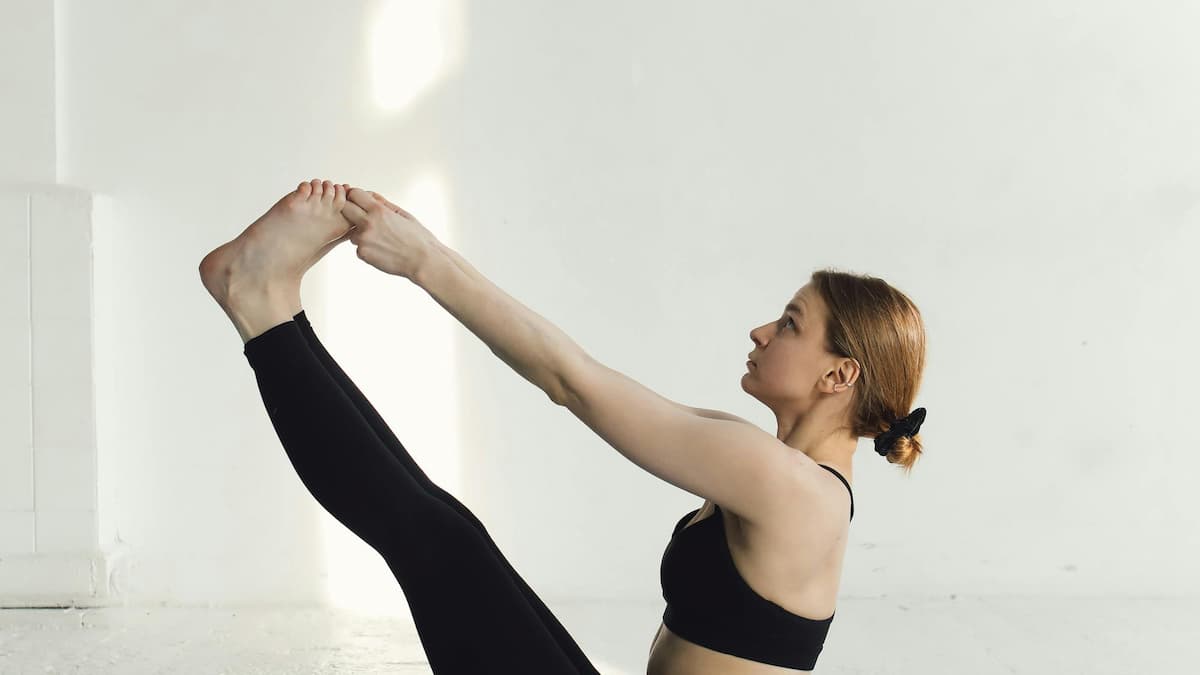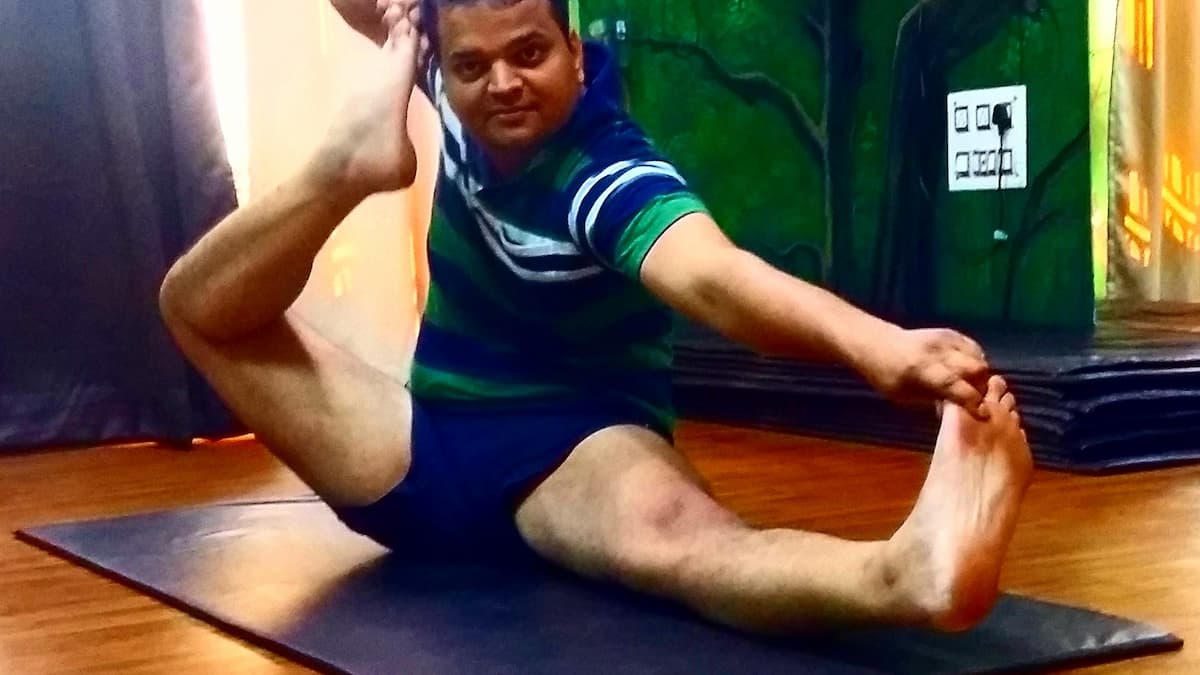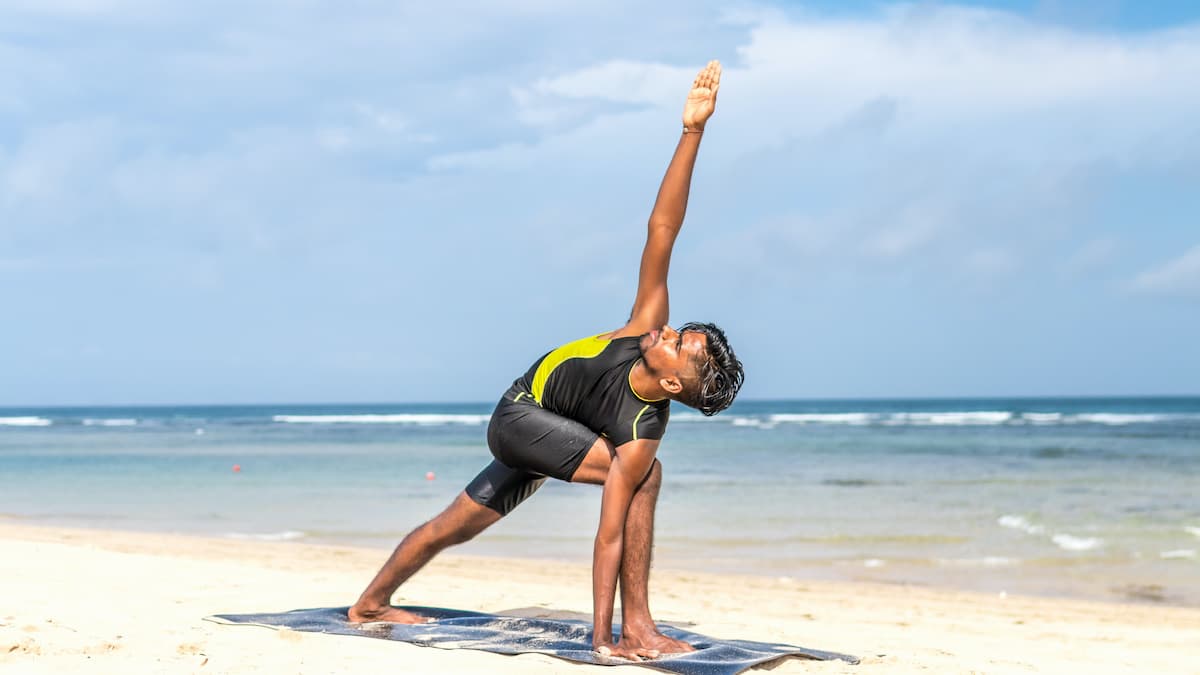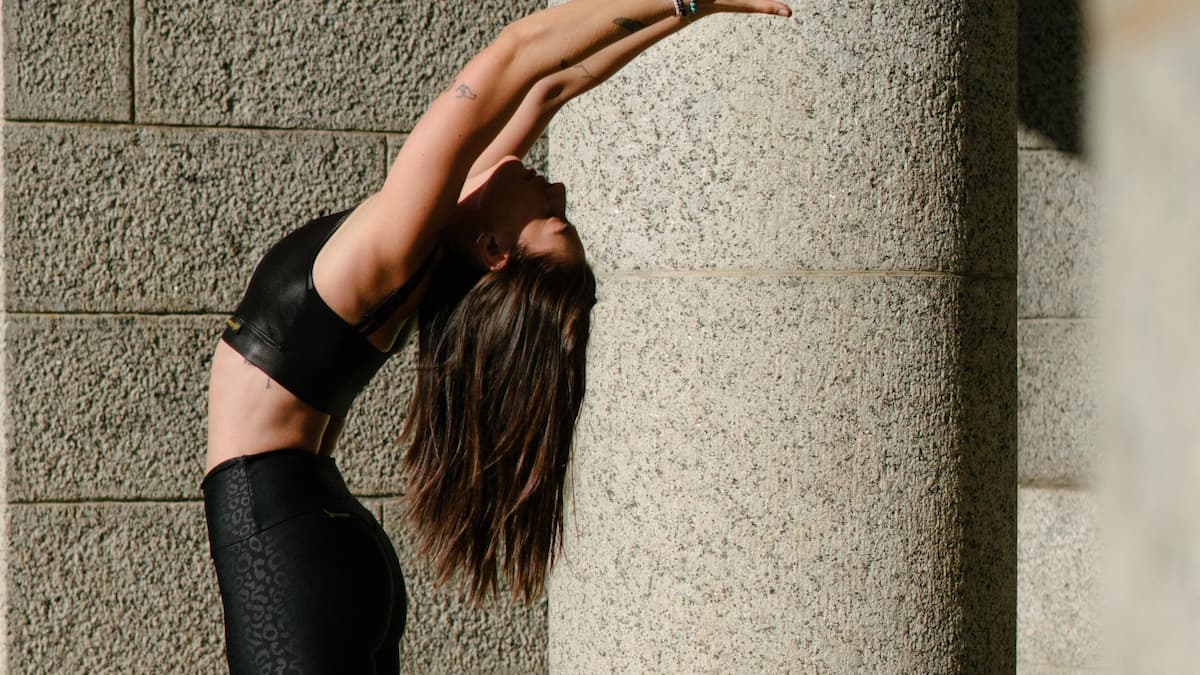Introduction
Yoga, a holistic approach to well-being, offers a myriad of poses that not only enhance physical flexibility but also nurture mental equilibrium. Among these poses, Merudandasana, or the Spinal Column Pose, stands out for its emphasis on spinal alignment and balance. Rooted in ancient yogic traditions, this pose holds the key to unlocking the potential of the spine, the central axis of our body. In this article, we delve into the meaning, steps, and benefits of this pose to unravel the transformative power it brings to our physical and mental health.
| Pose Name | Merudandasana |
| Sanskrit Name | मेरुदण्डासन |
| International Alphabet of Sanskrit Transliteration (IAST) | merudaṇḍāsana |
| English Name | Spinal Column Pose |
| Difficulty Level | Intermediate |
| Origin | Premodern |
| Type | Balancing |
Meaning of Merudandasana
The term “Merudanda” is derived from two Sanskrit words: “Meru,” which refers to the sacred mountain Meru, symbolizing stability and strength, and “Danda,” which translates to a staff or rod. Merudandasana, therefore, can be understood as the pose that aligns and strengthens the spinal column, akin to the firm and unwavering nature of Mount Meru.
Precautions and Contra-indications
While Merudandasana (Spinal Column Pose) offers numerous benefits for many practitioners, it’s important to approach this yoga pose with mindfulness and awareness of individual limitations. As with any physical activity, certain precautions and contraindications should be considered to ensure a safe and beneficial practice. Here are some key precautions and contraindications for this pose:
Precautions
- Consultation with a Healthcare Professional:
- Warm-up Adequately: If you have any preexisting medical conditions or concerns, it is strongly advised to consult with a healthcare professional or a competent yoga instructor before attempting this pose. They possess the expertise to offer personalized guidance based on your health status.
- Gradual Progression: If you are a beginner or have a history of spinal issues, progress gradually into this asana. Do not force your body into the pose, and listen to your body’s signals. Overexertion may lead to strain or injury.
- Mindful Alignment: Focus on proper spinal alignment throughout the pose. Avoid over-arching or rounding of the spine, as this can strain the vertebral discs. Engage your core muscles to support the lengthening of the spine.
- Awareness of Physical Limits: It is crucial to be mindful of your physical limitations and refrain from exerting your body beyond its capacities. Should you encounter any pain, discomfort, or dizziness, it is imperative to promptly discontinue the pose and seek appropriate guidance.
- Respect Individual Differences: Everybody is different, and what may be accessible for one person may not be for another. Respect your body’s unique abilities and limitations, and modify the pose as needed.
Contraindications
- Spinal Injuries or Disorders: Individuals with acute or chronic spinal injuries, such as herniated discs, should avoid Merudandasana unless under the supervision of a qualified yoga therapist or healthcare professional.
- Pregnancy: Pregnant individuals, particularly those in the second and third trimesters, should avoid Merudandasana, as it involves lying on the back and exerting pressure on the abdomen. Prenatal yoga poses are more suitable during this time.
- High Blood Pressure: Those with uncontrolled high blood pressure or hypertension should exercise caution. The inverted nature of the pose can affect blood pressure, so it’s best to consult with a healthcare provider before attempting this pose.
- Recent Abdominal Surgery: Individuals who have undergone recent abdominal surgery should avoid this pose, as the pose may place stress on the abdominal region.
- Wrist or Shoulder Injuries: If you have existing wrist or shoulder injuries, approach this pose with caution. Consider modifying the hand placement or avoiding the pose until you have recovered.
- Vertigo or Dizziness: Those prone to vertigo or dizziness should be cautious while performing this pose, especially during the transition in and out of the pose.
By respecting these precautions and contraindications, practitioners can enjoy the benefits of this pose while minimizing the risk of injury. Always prioritize safety, listen to your body, and seek guidance from a qualified yoga instructor or healthcare professional if needed.
Steps to Perform Merudandasana
- Starting Position: Firstly, begin by sitting in a comfortable cross-legged position, known as Sukhasana or Padmasana. Also, ensure that your spine is straight, and your shoulders are in a relaxed position.
- Palms Placement: Then, place your palms on the floor beside your hips, fingers pointing forward. This helps to ground yourself and establish a stable foundation.
- Inhale and Lift: Inhale deeply as you lift your hips off the ground, bringing your weight onto your palms. Simultaneously, straighten your arms and legs, creating a diagonal line from your hands to your sitting bones.
- Alignment Focus: Pay careful attention to the alignment of your spine. Keep it straight and elongated, avoiding any arching or rounding. Engage your core muscles to support the lengthening of the spine.
- Gaze and Breathing: Direct your gaze towards your navel and maintain steady breathing throughout the pose. Focus on the breath as it flows in and out, fostering a sense of calmness and concentration.
- Hold the Pose: Hold Merudandasana for 20-30 seconds initially, gradually increasing the duration as your strength and flexibility improve.
- Exhale and Release: To release the pose, exhale slowly as you lower your hips back to the ground. Return to the starting position with crossed legs.
Duration
The duration for holding Merudandasana (Spinal Column Pose) can vary based on individual comfort, experience level, and specific health conditions. As a general guideline, beginners may start with shorter durations and gradually increase as they become more accustomed to the pose. Here are some recommendations:
Beginners
For those new to this pose, holding the pose for 15 to 30 seconds is a good starting point. Moreover, this duration allows the body to adapt to the alignment requirements and the engagement of core muscles without overexertion.
Intermediate Practitioners
Similarly, intermediate practitioners who are more familiar with the pose and have developed sufficient strength and flexibility can aim to hold this pose for 30 seconds to 1 minute. Also, this extended duration allows for a deeper experience of the pose and enhanced benefits.
Advanced Practitioners
Advanced practitioners with a strong foundation in yoga and a high level of physical fitness may choose to hold this pose for 1 to 2 minutes or longer. These individuals may explore variations of the pose to further challenge their strength and balance.
It’s crucial to prioritize the quality of the pose over the duration. Rather than focusing solely on how long you can hold the pose, pay attention to proper alignment, steady breathing, and a mindful connection with your body. Consistency in practice is more important than forcing the body into a prolonged hold.
Additionally, it’s advisable to listen to your body and avoid pushing beyond your limits. Moreover, if you experience discomfort, strain, or any adverse sensations, gently release the pose and give your body the necessary time to adapt.
As a part of a comprehensive yoga practice, this pose can be integrated into a sequence that includes warm-up poses, variations, and a cool-down. Always consult with a qualified yoga instructor or healthcare professional, especially if you have any underlying health concerns or conditions, to tailor the practice to your individual needs and ensure a safe and beneficial experience.
Benefits of Merudandasana
- Spinal Health: Merudandasana is a familiar yoga pose for its positive impact on spinal health. The pose encourages the alignment of the vertebrae, reducing the risk of spinal disorders and promoting a healthy, flexible spine.
- Core Strength: This pose engages the core muscles, including the abdominal muscles and the muscles along the spine. Regular practice strengthens the core, contributing to improved posture and stability. Yoga, including poses that engage the core muscles like Merudandasana, has been associated with improved core strength. A stronger core can contribute to better spine support and stability. A study in the “Journal of Bodywork and Movement Therapies” in 2016 highlighted the positive effects of yoga on core strength.
- Balance and Focus: The balance required to sustain this pose enhances overall stability. The focused attention on breath and alignment fosters mental concentration, calming the mind and reducing stress.
- Digestive Stimulation: The compression and elongation of the abdominal region stimulate digestive organs, aiding in better digestion and alleviating issues such as bloating and indigestion.
- Therapeutic Benefits: It is often recommended as a therapeutic pose for individuals with mild back pain. It gently stretches and strengthens the back muscles, providing relief from discomfort.
Conclusion
Merudandasana, the Spinal Column Pose, encapsulates the essence of balance, alignment, and strength. As practitioners embark on the journey of yoga, incorporating this pose into their routine can offer a gateway to improved spinal health, enhanced core strength, and a tranquil mind. By fostering a connection between the physical and mental aspects of well-being, this pose becomes a powerful tool for achieving holistic harmony in our lives.



